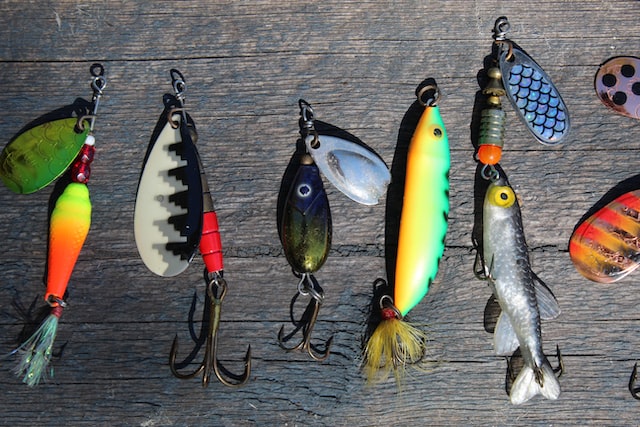Many anglers find that learning how to bait shrimp on a hook is an invaluable skill. Not only are shrimp tasty sea bugs, but they are effective live bait for a wide variety of species. They can be caught in both inshore and offshore waters. From grouper to sheepshead, these little critters can be a great catch. Whether you’re fishing in the shallows or the deep blue, shrimp are easy to locate and a fun way to spend an afternoon.
One of the easiest ways to bait shrimp on a hook is by using a jig head. Jigs are inexpensive and a breeze to use. The jig itself consists of a hook, a shank, and a weight. When the jig bounces, the shrimp will walk along.

Photo by Anne Nygård on Unsplash
Another way to bait shrimp on a hook is to place the hook on the tail. This gives the shrimp a natural swimming motion and triggers strikes. A tail fan can be left on for extra scent. You can also bury the point of the hook in the meaty part of the tail. Using a 2/0 circle hook makes it easy to target a number of shrimp varieties. It’s also a good idea to keep the shrimp cool by placing it in a bucket with water.
Some anglers place the hook in the shrimp’s head. This is the best way to catch the live shrimp. However, it’s not recommended to pierce the brain, which is the center of the shrimp’s central nervous system. As such, you’ll want to choose a hook that’s at least as thick as the shrimp. Otherwise, it’s likely that the fish will rip the bait off the hook.

Photo by Karo Kujanpaa on Unsplash
Alternatively, you can use a baitholder hook. These rigs feature a series of razor-sharp secondary hooks to keep the shrimp from slipping off the hook. These bait holders can be bought in many tackle shops. Using a baitholder helps to prevent a bait thief from snatching the shrimp off your hook.
Finally, some anglers prefer to hook their shrimp in the tail. While this method is a little more complicated, it offers the advantage of being able to cast far and fast. Once you have your hook in the shrimp, run your line through the tip of the tail. The tail fan will help to give the shrimp added scent and keep it cool, as well as keeping your line out of the water.
Despite the many methods available to rigging shrimp, the most common is to hook them through the tail. If you do this, you’ll notice that the shrimp will kick backward when it gets chased. In addition, it will allow you to make a super-accurate cast.
In addition to the above methods, there are also more advanced rigging strategies. For example, you can bury your hook in the shrimp’s tail, or even thread it through the top of the shrimp’s head. All of these methods have their own pros and cons, so take a few minutes to decide which is right for you.
